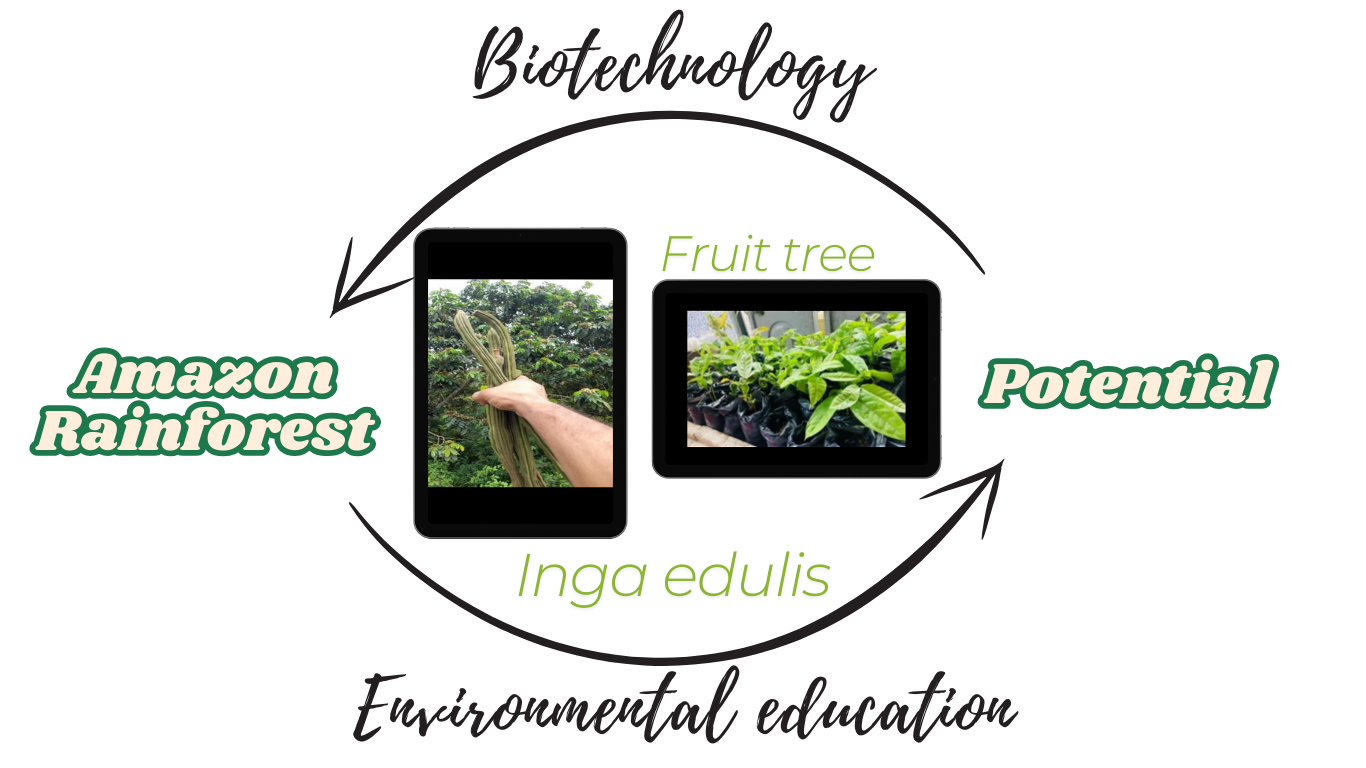SYSTEM DYNAMICS MODELING OF LAND USE CHANGE IN WEST KALIMANTAN, INDONESIA
Downloads
The main effects of human activities on the environment result in land use and land cover changes. Land over exploitation and development activities in West Kalimantan of Indonesia necessitated the focus of this research which aims to analyzing and predicting land use changes in West Kalimantan. The results of such a study assist researchers, planners and policy makers to formulate suitable land use policies in the future in order to balance economic development and natural resource conservation. Moreover, it makes Indonesia shift from middle incomes to become a developed country in 2030.  Methodology employs field observation, key informant interviews, focus group discussions and system dynamics modeling. The field observation covered communities in several locations in the study site to identify pattern of land use. The system dynamics was applied to analyze the land use change system and estimate the extents of land cover change in the future. The study showed several outcomes: (i) The main leverage factors in the land use change system in West Kalimantan were the desire to reach the expected economic growth and the increased per capita consumption of edible oil globally; (ii) In the business as usual modeling, the increasing global demand for edible oil will lead to significant increment of oil palm plantation area, even the total area of plantation could be wider compare to that of the remaining forest area by 2030; (iii) Key interventions that need to be considered in the future is to conduct reforestation (with reforestation rate of at least 0.5% per year) and limited oil palm plantation development to maximum of 50% of developed  area.
Downloads
Authors who publish with this journal agree with the following terms:
- Authors retain copyright and grant the journal right of first publication, with the work 1 year after publication simultaneously licensed under a Creative Commons attribution-noncommerical-noderivates 4.0 International License that allows others to share, copy and redistribute the work in any medium or format, but only where the use is for non-commercial purposes and an acknowledgement of the work's authorship and initial publication in this journal is mentioned.
- Authors are able to enter into separate, additional contractual arrangements for the non-exclusive distribution of the journal's published version of the work (e.g., post it to an institutional repository or publish it in a book), with an acknowledgement of its initial publication in this journal.
- Authors are permitted and encouraged to post their work online (e.g., in institutional repositories or on their website) prior to and during the submission process, as it can lead to productive exchanges, as well as earlier and greater citation of published work (See The Effect of Open Access).




























